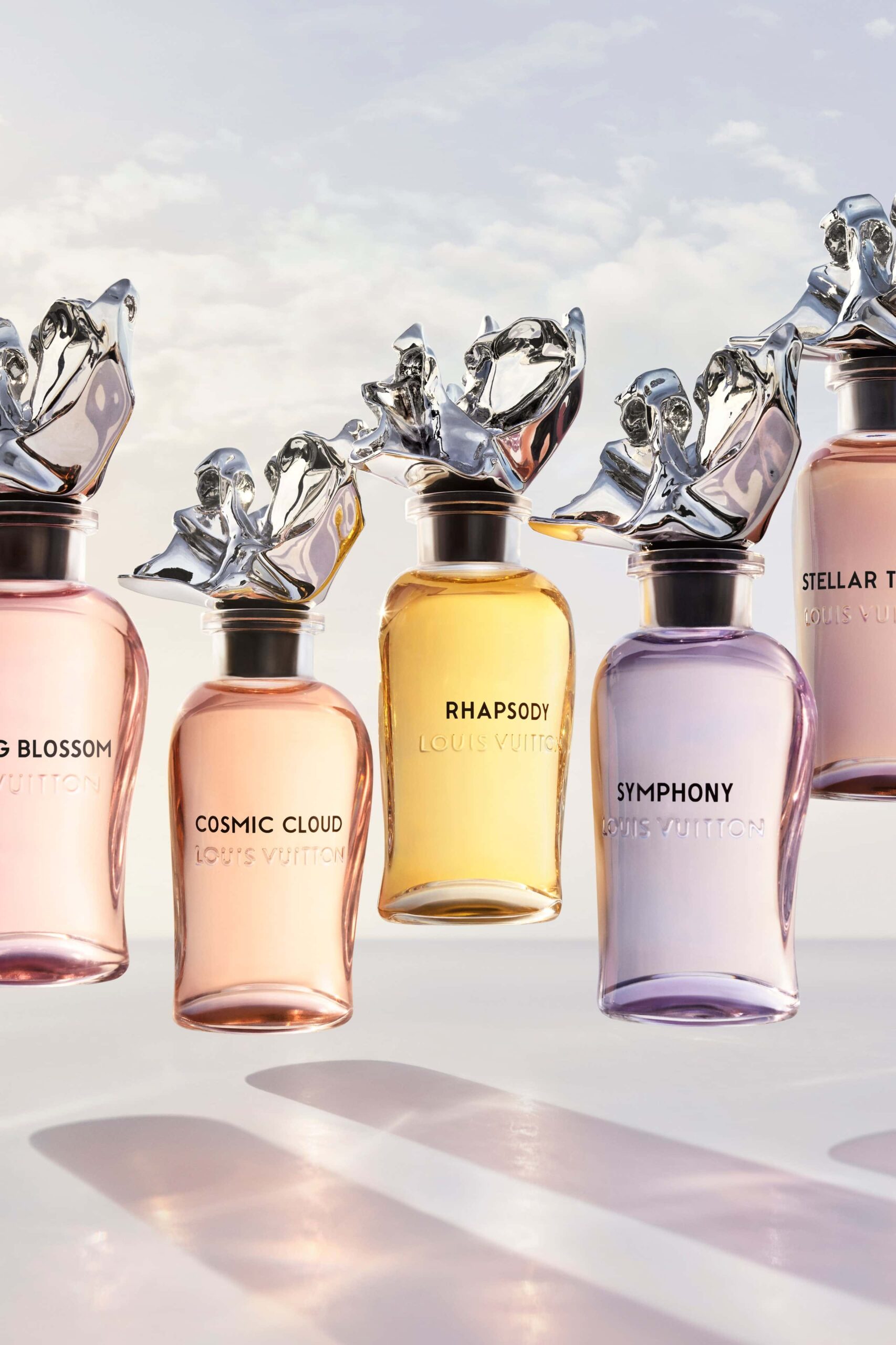Editor’s note: This article was first published in the print edition of the Fall/Winter 2022-23 issue of Luxus+ magazine. Click here to view the full issue.
They are farmers, beekeepers, nurserymen or even flower growers: they are the new muses of perfumery and cosmetics. They are the new muses of perfumery and cosmetics. A salutary return to the raw material, far from digital delirium and a world that sometimes veers into metaverse mode, without borders and without compass.
Monopoly in the hinterland
In Grasse, the big names in luxury are investing in perfume flower farms, thus ensuring the supply of raw materials. While anchoring their brands in their eco-responsible approach, they are also adding a beautiful chapter to their legend…
In 2021, in the manner of a Millésime, Dior has offered for sale a Miss Dior Rose Essence. This one uses the entire May rose crop from Domaine de Manon in Grasse, a historic partner farm of the house. Clos de Callian, another Grasse estate, reserves its entire jasmine harvest for Dior perfumes…
Another special cuvée: that of Lancôme’s best-seller, La Vie est Belle Domaine de la Rose. This one is named after the Centifolia rose fields, the Grasse land the brand acquired two years ago, a showcase for its CSR commitments. The pink-walled estate will also open to the public in 2023. Surrounded by exceptional raw materials, the Lvmh group’s Fountains of Perfume estate houses the laboratory of two superstars of the profession, Jacques Cavallier-Belletrud and Francis Kurkdjian, respectively in charge of Louis Vuitton and Dior fragrances.

Niche perfumery is not left out, Aurélien Guichard, founder and perfumer of the brand Matière Première has also ensured the organic production of his rose Centifolia. He has owned his own fields near Grasse since 2016. Even Brad Pitt, already a wine producer in Provence, has sensed the lode with his first skincare line, Le Domaine Skincare, launched in September 2022. Named after the house he bought, Le Domaine de Miraval in Provence is a short range with premium positioning developed with the winemakers of his estate and experts in oenology.
Iris, geraniums, tuberoses, roses and jasmines, these are also several annual harvests, on nearly 30 hectares, cultivated since 1987 by the Mul family which are dedicated to Chanel’s perfumes. The House of the rue Cambon secures a supply made necessary by its requirements but also by the scarcity of certain essences on the market. This is the case, for example, for Jasminum Grandiflorum, the jasmine used in the composition of Parfum N°5, and even more so for its extract, its most concentrated version. For its new Chanel N°1 line, which claims its eco-commitment, both in terms of packaging and in terms of the garden, Mademoiselle’s favorite flower is at the heart of the formulations. The red camellia, noted for its strong resistance to weathering and the ravages of time.
Click here to read the full article on Luxus Plus Magazine.
Featured photo : © Press










